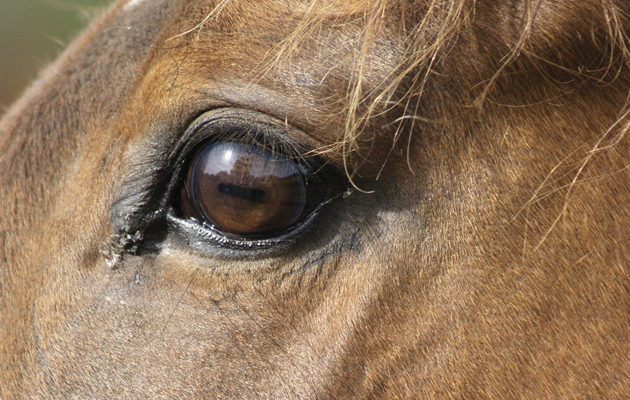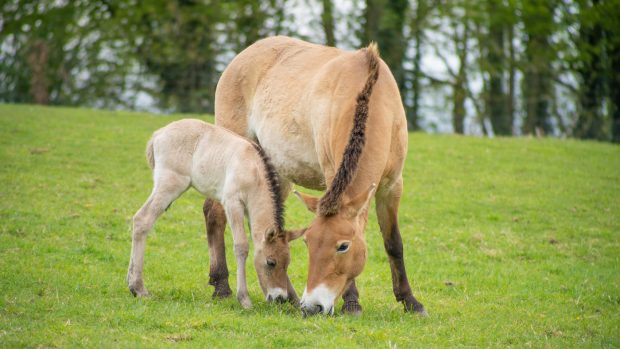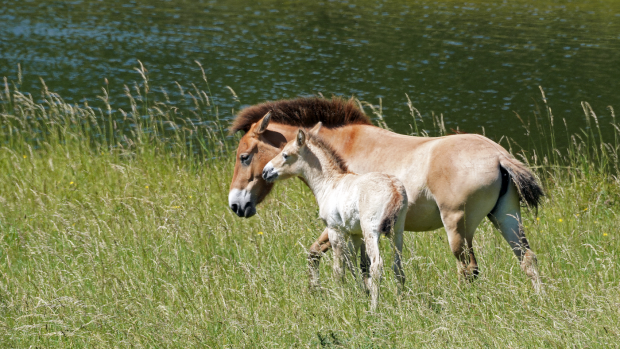The world’s last remaining “wild” horses might not be as feral as previously thought.
Research into the ancestry of today’s horses has shed new light on the origin of the species.
It had been believed all modern domesticated breeds could trace their roots back to the Botai horses, from Kazakhstan.
But a pivotal international study has turned this theory on its head.
Researchers investigated genetic and archaeological evidence and discovered the Botai did not give rise to today’s equines, but are instead ancestors of the “wild” Przwalski horses.
The study also indicates there are no surviving purely wild horses.
“Our findings literally turn current population models of horse origins upside-down,” said study leader Professor Ludovic Orlando of the French National Centre for Scientific Research.
“What we used to understand as the last wild horse on earth is in fact the descendant of the earliest domestic horses, which simply escaped human pressure and became feral during the last few millennia.”
The researchers examined the genes of 88 ancient and modern horses from different eras and locations across Eurasia.
They found many of the earliest Przewalski’s horses had white, spotty Dalmatian-style coats.
These horses once roamed freely along the Mongolian-China border and have recently been reintroduced to the region, having been saved from extinction in captivity. Thousands of years ago a surprisingly large number were bred to have the Dalmatian-style colouring, possibly because it looked attractive.
Professor Alan Outram and Professor Victor Zaibert carried out archaeological excavations on the Botai culture over decades, and found communities living there thousands of years ago had horses, who wore bits and were harnessed. The Botai people also milked the horses, ate their meat and built corrals to keep horses close to their homes.
“There is a lot of evidence in the archaeological record demonstrating that Botai horses were husbanded,” said Professor Outram.
“It is not just horse meat that Botai people consumed, but also mare’s milk.
“It was essential to Botai people to manage the horse resource as it provided the basis of their subsistence strategy.
“Probably horses were even first domesticated at Botai because horse riding somehow facilitated horse hunting.”
Continues below…

Wild horses return to Kazakhstan
A German zoo is reintroducing the Przewalski horse into the wild, in the hope that the breed will once again
Mustangs: Wild Horses of the West
HORSE Magazine reviews Mustangs: Wild Horses of the West by Marie-Luce Hubert and Jean-Louis Klein

America plans to adminster birth control to wild horses
An American land management programme is planning to capture 575 wild horses this month and administer contraceptives in order to
The pioneering study was published in the peer-reviewed journal Science on 22 February.
“Ironically, we used to think that the endangered population of Przewalski’s horses should be preserved as the last wild horses in the planet,” said Charleen Gaunitz, one of the two PhD students in Professor Orlando’s team.
“We now find that they must be preserved as the closest descent of the earliest domestic horses.”
For all the latest news analysis, competition reports, interviews, features and much more, don’t miss Horse & Hound magazine, on sale every Thursday.





